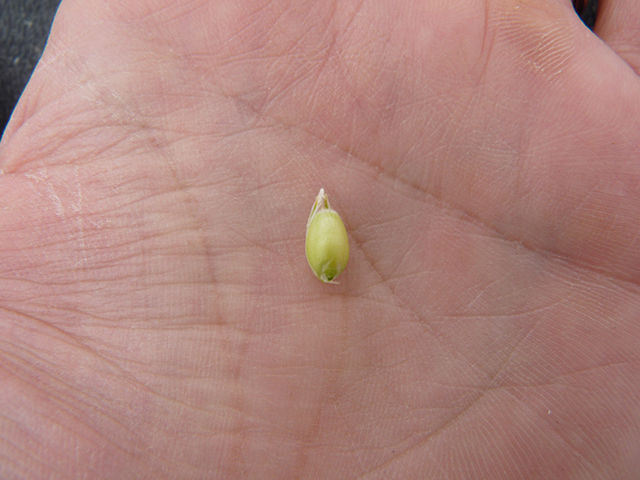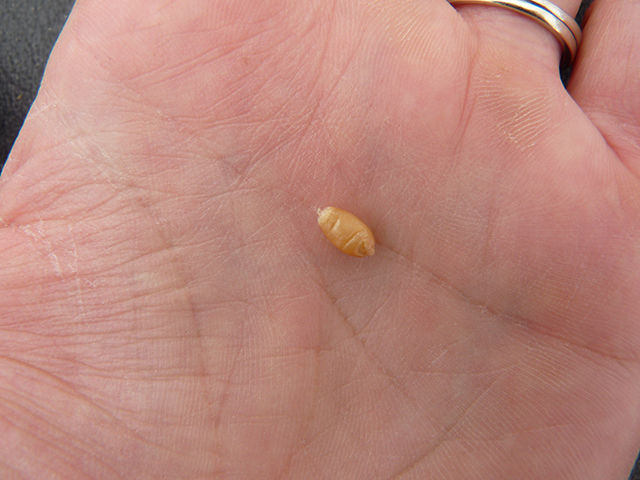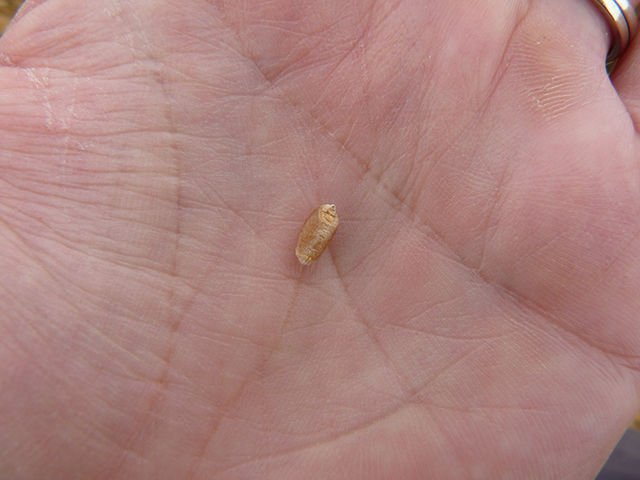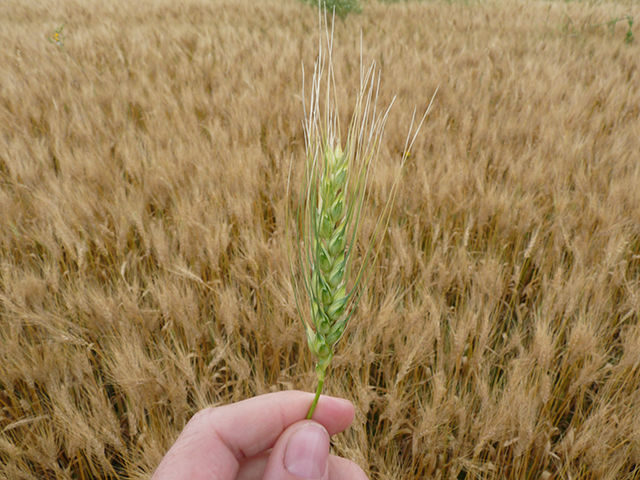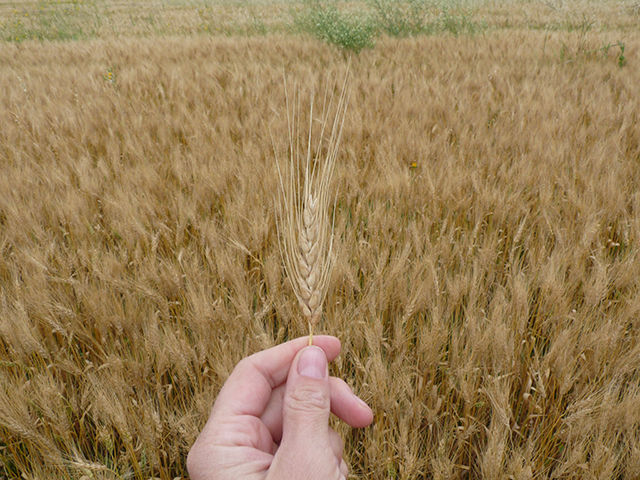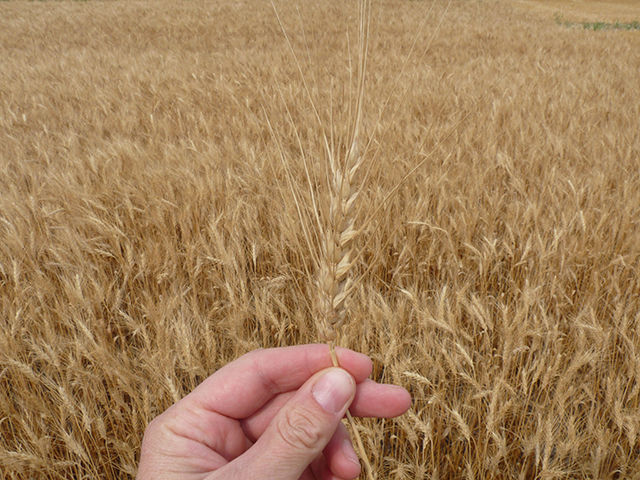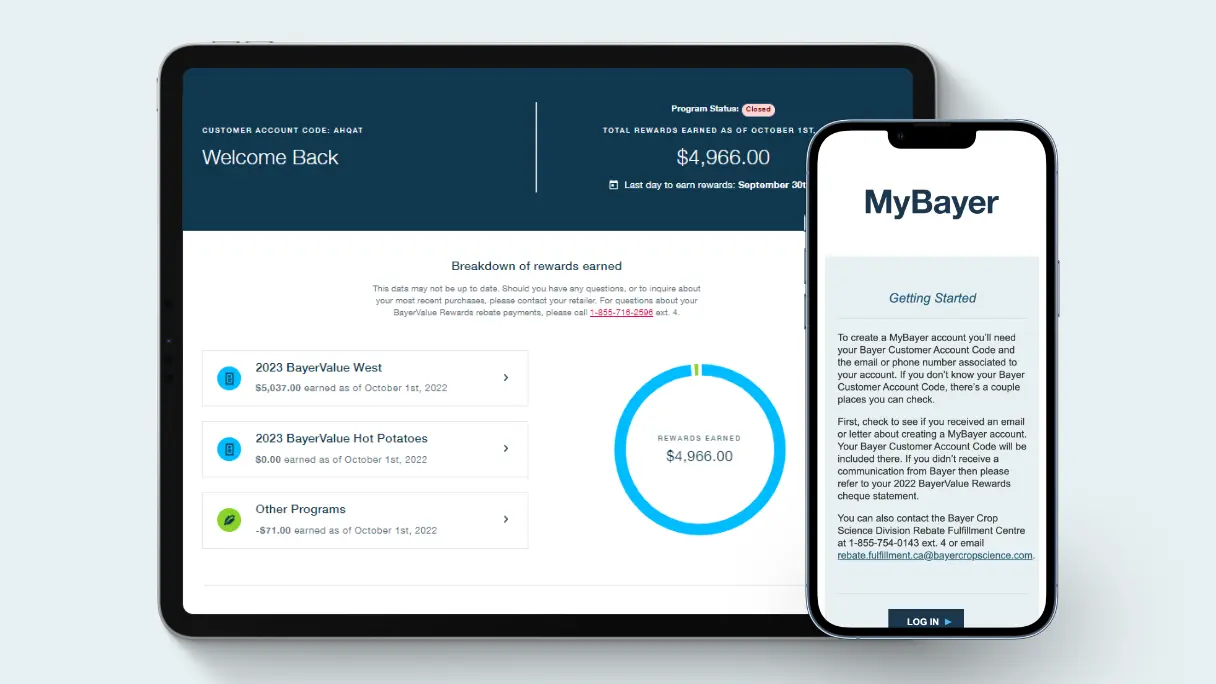5 READ-TIME
Preharvest glyphosate in cereals
November 22, 2021
Glyphosate can be used preharvest in wheat and barley. Glyphosate is a systemic herbicide requiring time to translocate through the plant to be effective. It does not provide the quick dry-down of a contact desiccant. In a preharvest situation, glyphosate is best used as a weed management tool. Crop staging, weed staging, and weather conditions are important factors to consider with preharvest glyphosate application to help achieve the best results while managing harvest timing after the herbicide application.
Benefits of Preharvest Glyphosate
Applying preharvest glyphosate in cereals can be an effective management practice for perennial weed control. During this time, perennial weeds move nutrient reserves to their roots. Glyphosate applied at this time is also moved in the same direction as nutrients, into the roots. With this translocation, more thorough weed control may occur than at other times of the year where the above-ground portion of the plant may die and later regrow from root reserves. After harvest, much of the plant material is cut off. Depending on harvest height, it may be necessary to wait for re-growth for a postharvest glyphosate application. Because of these factors, a postharvest application may require higher rates to achieve the same level of control as the labelled rate for preharvest glyphosate. Additionally, glyphosate can help dry down annual weeds for ease of harvest and prevent weed seed production.
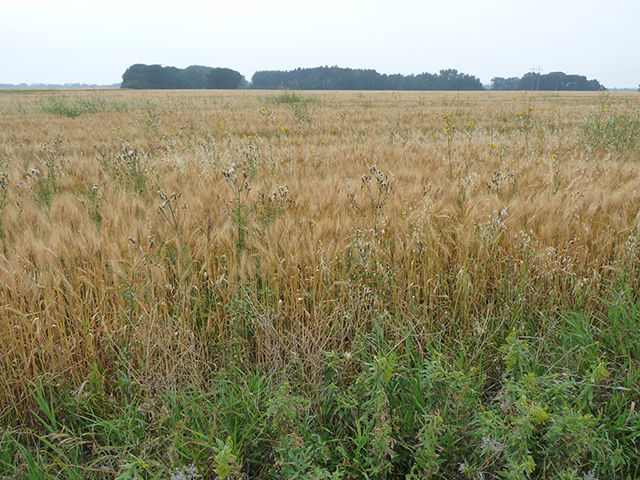
Figure 1. Maturing wheat field with perennial weeds.
Watchouts
Preharvest glyphosate should not be used on crops grown for seed production. Preharvest glyphosate is not an accepted practice in some markets (such as malt barley). It is important to check with your grain buyer prior to applying preharvest glyphosate to be aware of potential market access barriers. The Keep it Clean! initiative is an available resource for updates on market restrictions for preharvest glyphosate application. Ensuring the correct crop staging for preharvest glyphosate application is critical. Prior to physiological maturity, glyphosate can be taken up by the actively growing plant, increasing herbicide residue found in the grain. Wait until the least mature part of the field reaches 30% grain moisture content prior to preharvest glyphosate application.1
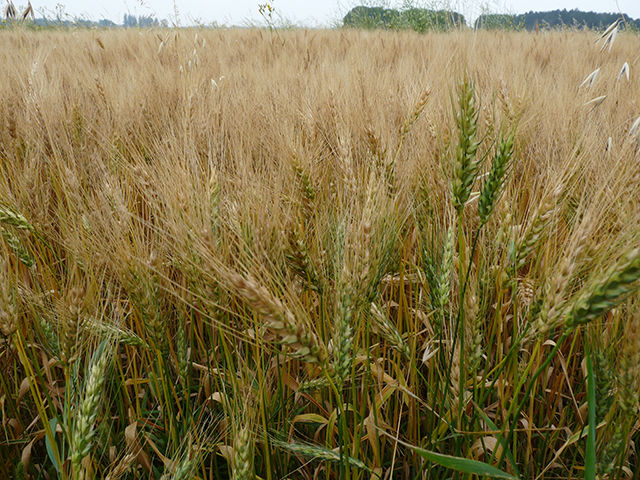
Figure 2. Variable crop staging in wheat field with green wheat heads that are not ready for preharvest glyphosate application.
Application Rate and Crop Staging
For Roundup Transorb® HC herbicide or Roundup WeatherMAX® with Transorb® II technology herbicide, the preharvest application rate is 0.67L per acre; which is 360 grams of active ingredient per acre. Glyphosate application should occur when the least mature area of the crop has reached the hard dough stage (30% grain moisture content).1 This can be determined by pressing a thumbnail into the kernel of maturing grain (Figure 3). At the hard dough stage an indent will be left on the kernel (Figure 4).1 Prior to hard dough, the spongy kernel does not allow the indent to remain. Beyond hard dough, the kernel may be too hard to make a mark with the thumbnail.
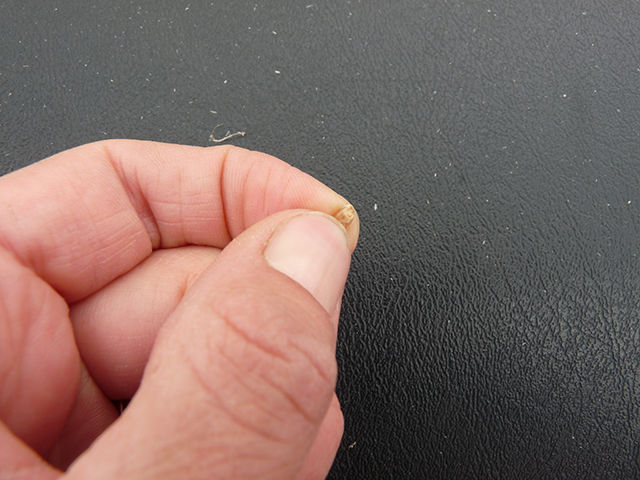
Figure 3. Pressing a thumbnail into a grain kernel to determine maturity.
Figure 4. Left to right: Soft dough, hard dough, harvest maturity. Hard dough is the ideal stage for preharvest glyphosate.
Weed Staging
Key perennial weed stages coincide well with the crop staging timing for preharvest glyphosate application and are outlined in the table below. Water volume may need to increase to 10 gallons per acre to reach weeds below the crop canopy.
| Table 1. Weeds and staging for preharvest control. | ||
|---|---|---|
| Weed | Stage | Notes |
| Canada thistle | At or beyond bud stage and actively growing | |
| Perennial sow thistle | At or beyond bud stage and actively growing | May not be controlled with a postharvest application |
| Quackgrass | Actively growing with at least four to five full green leaves | |
| Milkweed | At bud to bloom stage and actively growing | |
| Dandelion | At bud to bloom stage and actively growing | Use higher water volumes to penetrate crop canopy or consider a postharvest application to manage dandelions |
| Toadflax | At bud to bloom stage and actively growing | Use higher water volumes in heavy crop canopies |
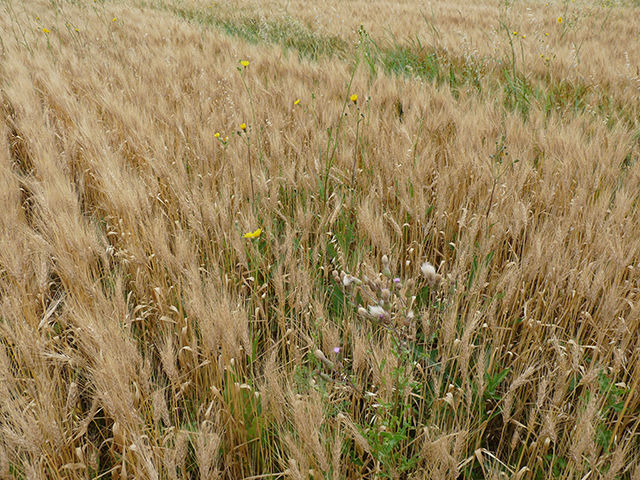
Figure 5. Canada thistle and sow thistle at ideal staging for preharvest application in wheat.
Weather Considerations
A fall application of glyphosate may require planning for frost or low temperatures. Target weeds must have at least 60% green plant material and be actively growing to uptake and translocate glyphosate. Roundup Transorb® HC herbicide or Roundup WeatherMAX® with Transorb® II technology herbicide can be applied if the forecasted temperatures are expected to remain higher than 8 to 10°C for at least two hours immediately following application. Cool or near freezing overnight temperatures are okay if weeds continue to actively grow. If a frost of -5°C or colder occurs, wait at least one to two days, and then assess injury to weeds. Check for green growing points and continued growth prior to application of glyphosate following a hard frost as well at 60% green plant material.
In the case of above normal fall temperatures, it is still important to ensure that target weeds are actively growing to achieve expected results. It is not recommended to apply Roundup Transorb® HC herbicide or Roundup WeatherMAX® with Transorb® II technology herbicides in temperatures above 30°C. To allow plants a chance to recover from heat stress from the previous day while avoiding the hottest temperatures, consider spraying in the morning. One risk of morning application is heavy dew which can cause the herbicide to run off of plants before it can be absorbed.
Harvest Timing
Glyphosate application can occur 7 to 14 days prior to harvest. Straight cut harvest may occur seven days after application of glyphosate. This allows time for the herbicide to translocate to the growing points of target perennial weeds.
Summary
Preharvest glyphosate is a tool for managing perennial weeds in cereal crops (wheat, barley, and oats). Preharvest glyphosate should not be applied to crops grown for seed production. Additionally, market restrictions can be found at Keep it Clean! or check with your local grain buyer. Crop staging is important; glyphosate should not be applied prior to the hard dough stage. This coincides well with staging of perennial weeds like Canada thistle, perennial sow thistle, quackgrass, milkweed, dandelion, and toadflax. Weeds must be actively growing and must have at least 60% green plant material for effective uptake and translocation of glyphosate. Wait at least seven days after application before harvesting.
Sources
1 Keep it Clean! Resources to grow market-ready crops- cereals. 2021. Cereals Canada. https://keepitclean.ca/cereals.
Legal Statements
ALWAYS READ AND FOLLOW PESTICIDE LABEL DIRECTIONS. Performance may vary from location to location and from year to year, as local growing, soil and weather conditions may vary. Growers should evaluate data from multiple locations and years whenever possible and should consider the impacts of these conditions on the grower’s fields.
Tank mixtures: The applicable labeling for each product must be in the possession of the user at the time of application. Follow applicable use instructions, including application rates, precautions and restrictions of each product used in the tank mixture. Bayer has not tested all tank mix product formulations for compatibility or performance other than specifically listed by brand name. Always predetermine the compatibility of tank mixtures by mixing small proportional quantities in advance. Bayer, Bayer Cross, Roundup Transorb®, Roundup WeatherMAX® and Transorb® are registered trademarks of Bayer Group. Used under license. Bayer CropScience Inc. is a member of CropLife Canada. ©2021 Bayer Group. All rights reserved. 6025_S1
